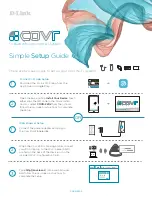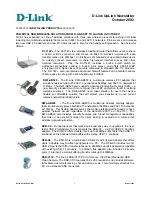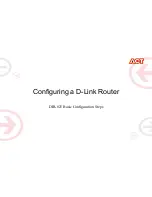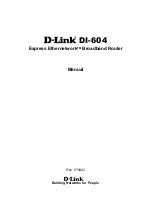
37
Chapter 4
Configure the Access Point
• Transmit Power
- Select
High
,
Middle
or
Low
which you would like to specify for the
access point.
High
is the default setting and recommended.
• Beacon Interval
- Enter a value between 40-1000 milliseconds for Beacon Interval
here. Beacon Interval value determines the time interval of the beacons. The beacons
are the packets sent by the access point to synchronize a wireless network. The
default value is 100.
• RTS Threshold
- Here you can specify the RTS (Request to Send) Threshold. If the
packet is larger than the specified RTS Threshold size, the access point will send RTS
frames to a particular receiving station and negotiate the sending of a data frame. The
default value is 2346.
• Fragmentation Threshold
- This value is the maximum size determining whether
packets will be fragmented. Setting a low value for the Fragmentation Threshold may
result in poor network performance because of excessive packets. 2346 is the default
setting and is recommended.
• DTIM Interval
- This value determines the interval of the Delivery Traffic Indication
Message (DTIM). A DTIM field is a countdown field informing clients of the next
window for listening to broadcast and multicast messages. When the access point
has buffered broadcast or multicast messages for associated clients, it sends the
next DTIM with a DTIM Interval value. You can specify the value between 1-255
Beacon Intervals. The default value is 1, which indicates the DTIM Interval is the same
as Beacon Interval.
• Enable WMM
- WMM function can guarantee the packets with high-priority messages
being transmitted preferentially. It is strongly recommended to enable this function.
• Enable Short GI
- It is recommended to enable this function, for it will increase the
data capacity by reducing the guard interval time.
• Enable AP Isolation
- This function isolates all connected wireless stations so that
wireless stations cannot access each other through WLAN. This function will be
disabled if WDS/Bridge is enabled.















































